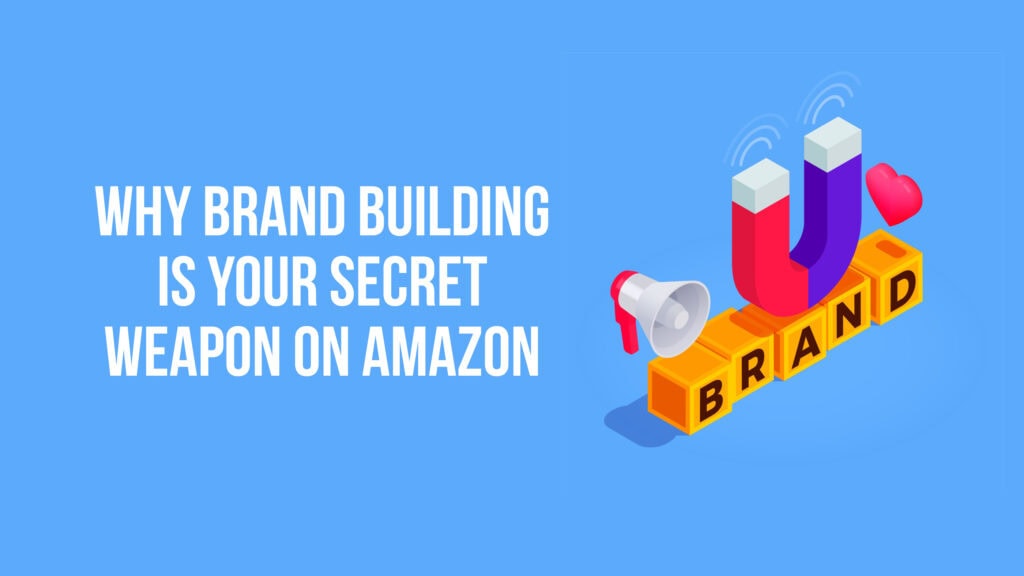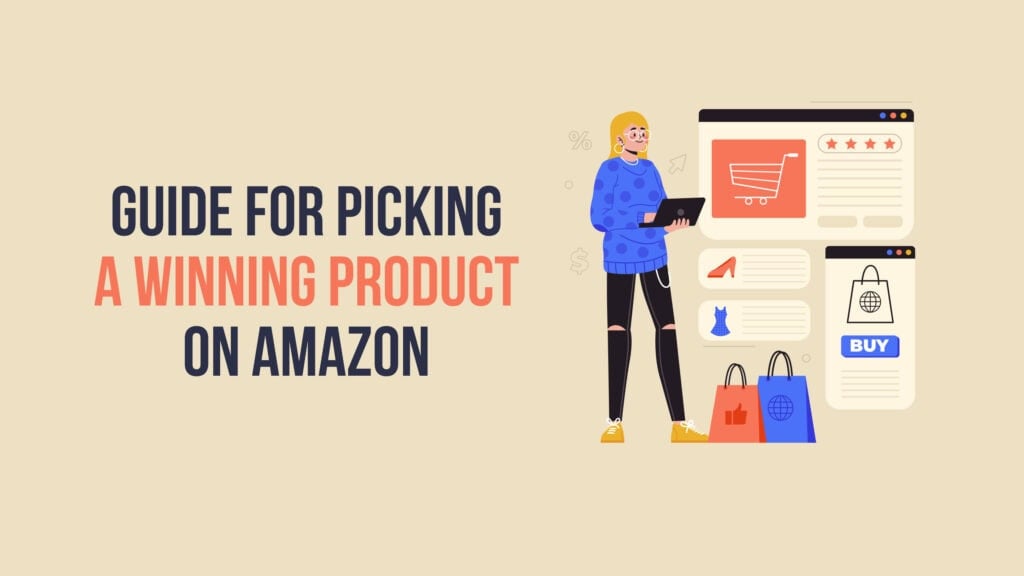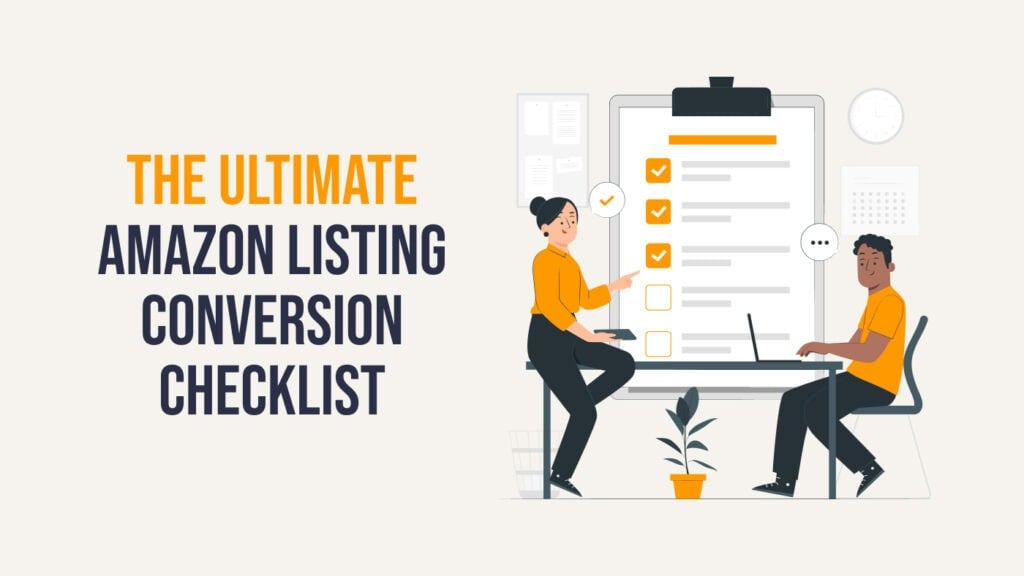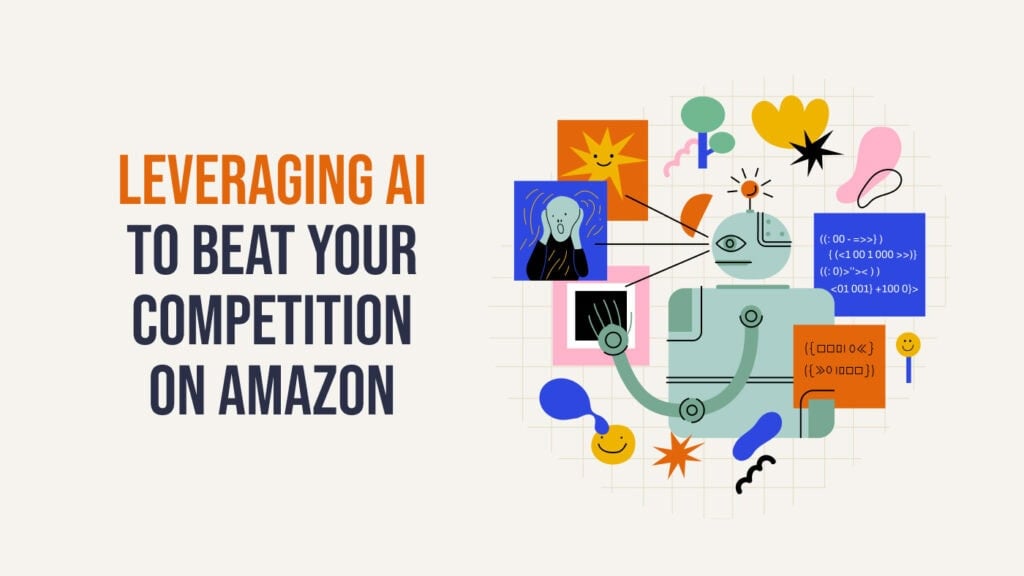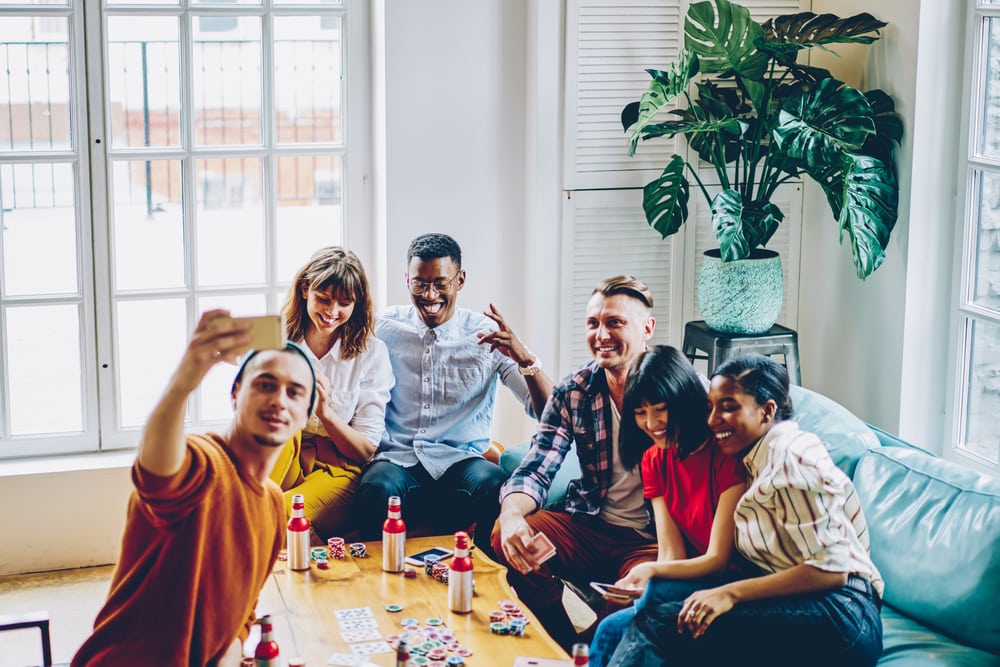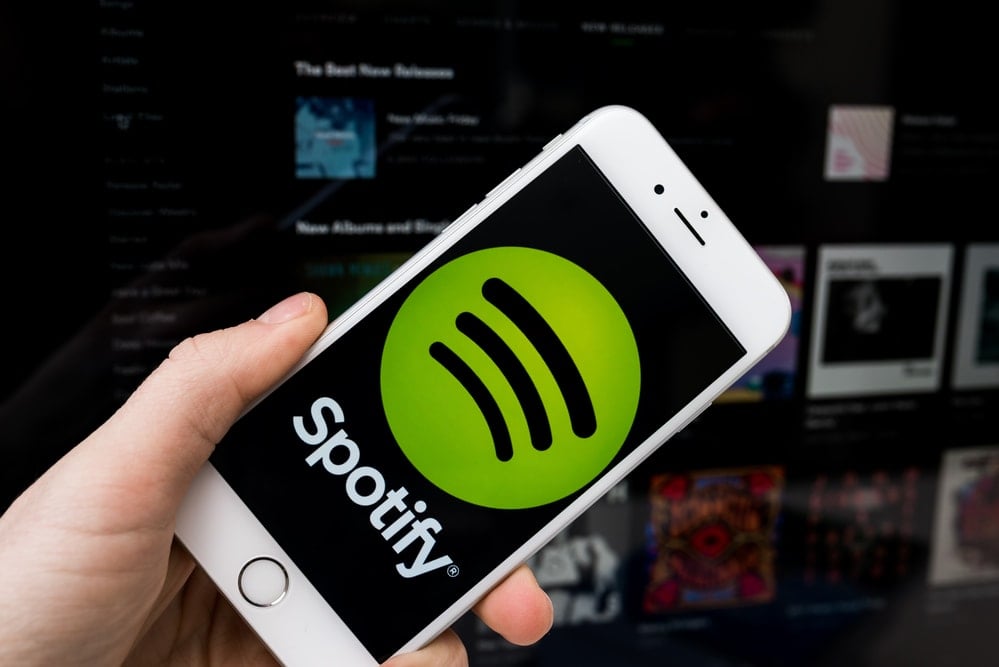In the often dog-eat-dog world of e-commerce, survival of the fittest reigns supreme. Businesses must not only offer valuable products or services, but they also need to know how to play the marketing game. With digital consumption at an all-time high (thanks COVID), producing effective ad creative is a must. However, coming up with ads that convert isn't as easy as it sounds.
Why is that?
Digital marketing is a moving target. Entrepreneurs must change with the times to keep their ads fresh and relevant. What works today may be completely obsolete next year. And that's where many business owners struggle.
An estimated 90% of e-commerce startups fail within the first 120 days. Of those, 37% attribute their demise to the inability to deliver online marketing.
Yep, you read that correctly. Poor online marketing can quickly cause a business to fold.
What's the solution? Creative ads that strike a chord with your target audience. And designing them may be easier than you ever imagined.
What in the World Does “Ad Creatives” Mean?
According to developers at Facebook, ad creative is "an object that contains all the data for visually rendering the ad itself."
To simplify that into layman's terms, creative IS the ad. It's the format, pictures, graphics, text, and sound of an advertisement. And in the ever-growing, competitive world of e-commerce, it's what will set your brand apart.

How Do You Make Creatives?
Contrary to popular belief, you don't need a contract with a big marketing company like A.D. Creative Billings MT to come up with great creatives. You just need to be, well, creative. Even without any formal marketing training, brands can deliver ads that really speak to their core audience. Consider these ideas for your upcoming ad creative:
- Edit existing brand photos. Got a great picture of your best-selling product? Consider editing it with stickers, text, or illustrations that align with your brand's message.
- Create a slideshow. If you already have a portfolio of photos, you can turn them into a Facebook Slideshow. Unlike videos, slideshows tend to load faster and are more user-friendly, even with slower internet speeds.
- Transform a still photo into a GIF. Whether you pronounce it with a hard or soft G, everyone appreciates a good GIF. Not an editing expert? Download a GIF-making app to do the dirty work for you.
- Carousels aren't just for carnivals. Carousel ads are popular on social media, especially Facebook and Instagram. You can reuse older video ads by refreshing them with a rotating carousel model.
- Use color and graphics to your advantage. Let's face it—not everyone is a great photographer. If someone photobombed your last shoot, you could add a bright, quirky background to give it new life.
The content of your creatives will vary depending on the nature of your brand. When brainstorming ad ideas, always keep your target audience in mind. Pop-art, flashing lights, and loud music may not be the best choice for a mature, refined audience, but it would be perfect if you want to advertise to Gen-Zers. Ad creative is incomplete if it doesn't reflect the brand's image.
How Do I Make a Creative Ad That Converts?
Making creatives isn't the hard part—it's delivering ones that convert. After all, the entire purpose of an ad campaign is to build an audience and monetize your business. So, you probably need a huge marketing budget to stand a chance, right?
Not even close—just a shoestring will do.
Small business owners often have equally small budgets. But having fewer funds allocated to marketing doesn't mean you can't release highly effective ads with a jaw-dropping ROI.
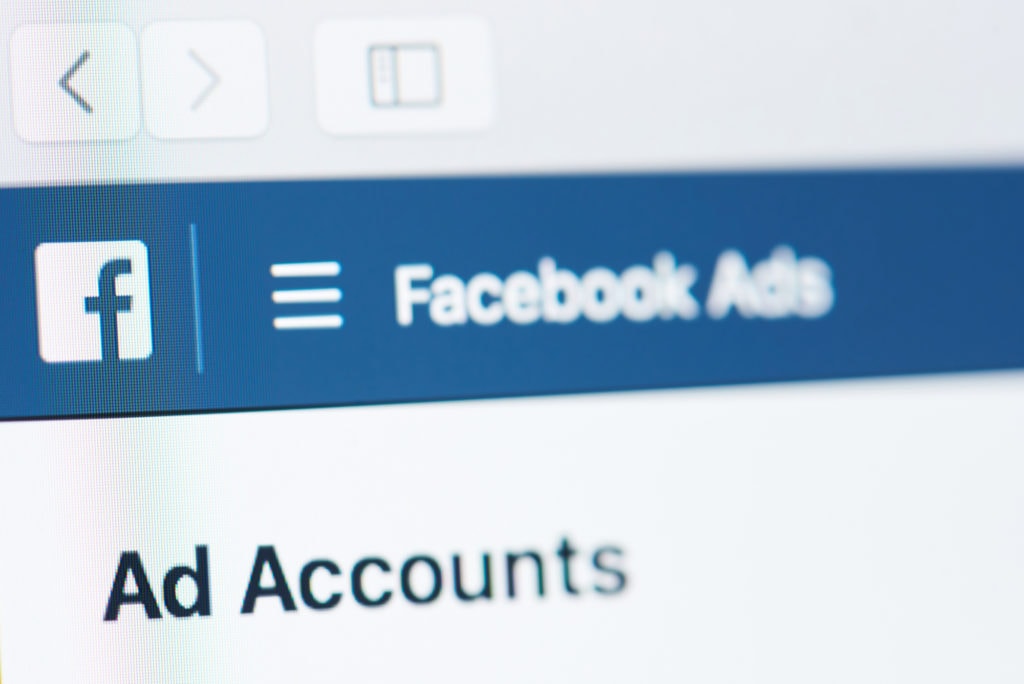
Want your ads to convert? Make sure they have these proven traits:
- Keep ad copy short, sweet, and to the point. No one wants to read a lengthy narrative. Back in the day, Facebook would reject ads if text made up more than 20% of the image. They've since rescinded that rule.
- Include high-quality images. Including a single photo will boost your content's visibility by 94%.
- Add lightweight motion to static photos. Brands saw a 17% higher rate of conversion by using both still and video ads.
- Trade your fancy recording equipment for an iPhone. User-generated, low-budget videos convert better than those shot in a fancy studio.
- Include sound but make your ad mute-friendly, too. Nearly 85% of users view video advertisements without sound.
- Learn to become groundbreaking in two seconds. Facebook users scroll at record rates, and you only have a few seconds to grab their attention. There's no room for dull, lackluster content.
The best Facebook ad creative examples of the year take these tips to the next level. Successful marketers know how to write creative copy and incorporate compelling visuals. No, you don't need to be Steven Spielberg, but you do need to understand what makes your target audience stop scrolling.
What Are Facebook Creatives?
When you scroll your feed on Facebook, you encounter a variety of creatives. And if the ad is enticing enough, you may even stop in your tracks to view it and learn more. Facebook creatives exist to convert visitors to customers.
While you can advertise specific products on Facebook, direct sales don't always do well. In an article titled "Google Ads vs. Facebook Ads for eCommerce: How and When to Use Each Advertising Platform," Inflow mentions, "You can (and should) target direct conversions from Facebook and Instagram ads. That said, an ideal primary goal for these platforms is brand awareness."
Ad placement is critical on Facebook. When you advertise, you can choose to appear on Facebook, Instagram, Messenger, and Audience Network.
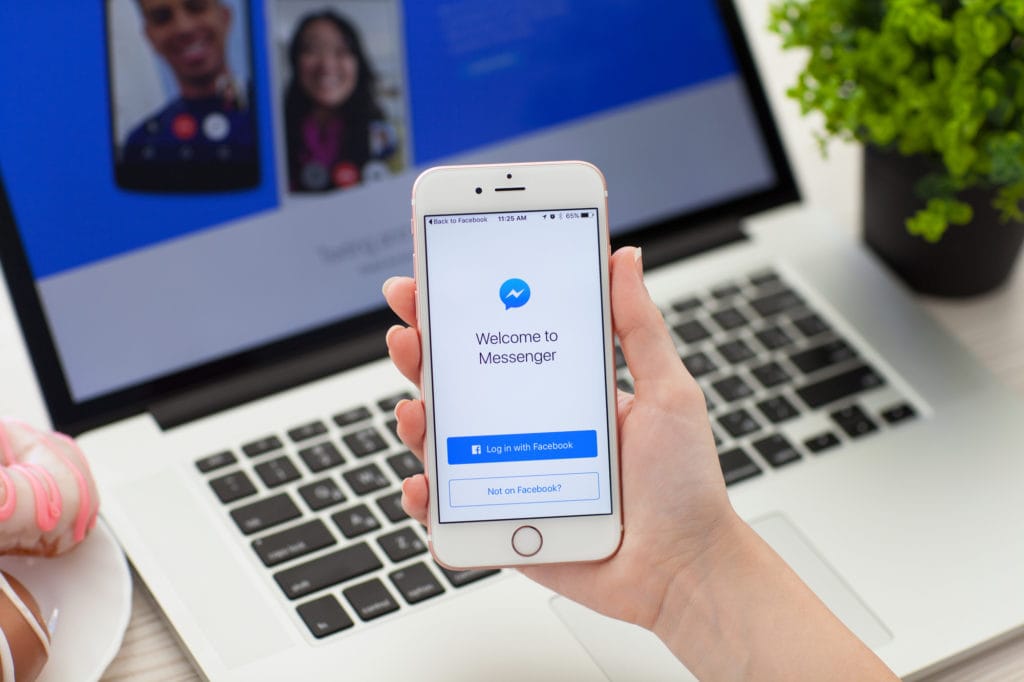
Facebook currently allows ad placement on:
- Facebook News Feed
- Instagram Feed
- Facebook Marketplace
- Facebook Video Feeds
- Instagram Explore
- Facebook Right Column
- Messenger Inbox
- Facebook, Instagram, or Messenger Stories
- Facebook In-Stream Videos
- Messenger Sponsored Messages
- Facebook Instant Articles
- Audience Network
- Facebook Search Results
All these options may feel overwhelming as a novice. Thankfully, the platform offers automatic placement for creatives. While this option is the most cost-effective, it's not always the best. Once you learn which ones are ideal for your brand's needs, it may be better to customize your placements.
How Do I Make My First Facebook Ad?
Creating Facebook ads is a relatively straightforward process, and you can do it directly from your brand's page. Here are the six steps to follow:
Step 1: Log into Facebook Ads Manager, and click the campaigns tab.
Select an objective for your ad, such as "get more website visitors" or "promote your business locally." You'll also want to name your campaign at this point.
Step 2: Begin adding images and text for your ad.
Don't have something in mind? Facebook will make suggestions. But you can also use the Facebook Ad Creative Hub to create mockups with your content.
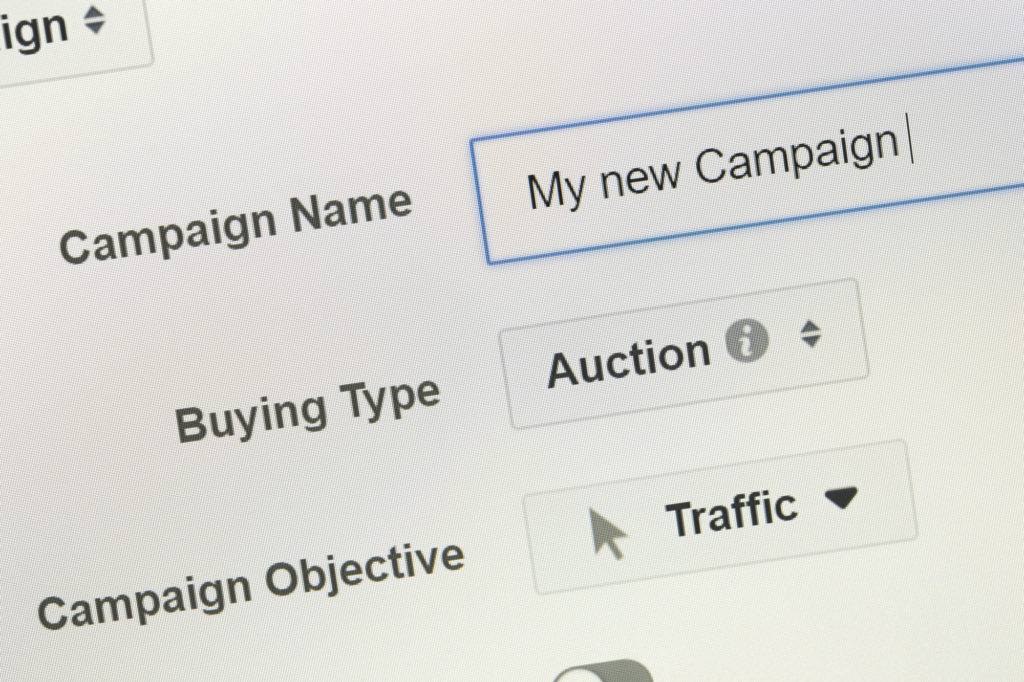
Step 3: Target your audience.
You'll be able to select age ranges, genders, and even locations to narrow who sees your ad. After all, men over the age of 50 probably don't want to see advertisements for feminine hygiene products on their feed.
Step 4: Determine your Facebook ad placements.
You can either select Automatic Placements or manually edit the placements yourself. The first time you make a creative, the automatic feature will help you figure out what converts best.
Step 5: Set a budget for your campaign.
Let Facebook know how much you want to spend daily or over the lifetime of your advertisement. You can also fine-tune how Facebook allocates the money to get the most out of each creative.
Step 6: Submit your ad to Facebook for review.
As soon as it's approved, it will go live. You can monitor the progress of your campaign and edit or pause it at any time.
As you design your first ad, make sure you follow the Facebook ad creative specs for the best user experience. Your ad needs to meet the proper dimensions, file sizes, and character limits to be successful.
What Are the Three Types of Ads?
The sky's the limit when it comes to creating advertising that converts, but there are only three different types of ads. And no, contrary to what you may think, these types don't relate to print, mobile, or social media. Instead, the type of advertising you select will influence how your target audience responds to your brand. Here are your advertising options:
Brand Advertising
Is your brand a household name? Are you trying to launch a new brand altogether? Brand advertising helps create visibility, recognition, and awareness. For instance, you may see the Crayola logo pop up more frequently as back-to-school season begins. The marketing team isn't trying to close a direct sale right then and there. Instead, they just want to say, "Hey, don't forget about us when you need to pick up school supplies!" Brand advertising works to help consumers recall a brand when shopping later.
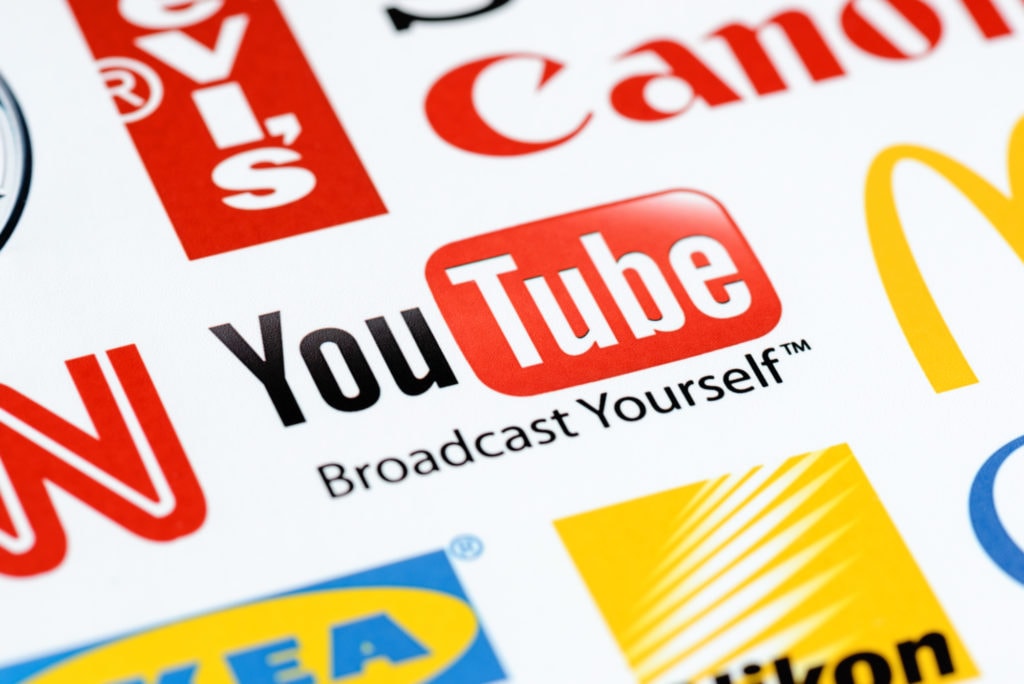
Audience Building Advertising
You can't sell products without customers. Audience building ads help convert casual browsers into dedicated customers. The goal isn't an immediate sale but rather to grow an audience. Creative ads may collect visitor email addresses or offer promotions. Audience building advertising instills FOMO and makes it possible to create and connect with rabid fans.
Direct Sales Advertising
Yes, some ads exist solely to close a sale. Perhaps you want to launch a new product, or maybe you have inventory you need to move. Either way, direct sales ads funnel customers to the checkout line. While this type of advertising may seem ideal, it only gives you one chance to seal the deal—once they leave the ad, you lose the sale. If your creative falls short, you may spend a fortune for a minimal ROI. But this type of advertising, when done right, can be very effective. The best direct sales ads stand out from the crowd and leave a lasting impression.
Which of these is right for your brand? The answer depends on your immediate needs. If you don't have an extensive reach, building an audience through advertising will provide a better conversion rate over time than pushing a single product offering. However, if you already have decent brand recognition, connecting with your base with brand advertising may help close sales when it matters most.
But What Makes Great Creative?
Not all ads are equal. Some are downright bad. Think about all the YouTube spots you've skipped or the magazine ads you've flipped past. But, there have also been a few that caught your eye. Why? Because the creatives took a risk and really delivered.
Great creative connects with the target audience by evoking an emotional response. As stated by Men's Humor, "A smart ad is a good ad, and when you bring ads to real-life, their impact gets amplified." In an article entitled, "Extremely Creative Advertisers Who Made Ads Come Alive!" the magazine's favorite ad creative examples include:
- Knocked over bowling pins to remind people to get dental implants.
- Cigarette-shaped punching bag to help addicts kick their smoking habit.
- Giant floor overlay that makes passersby look like fleas walking on a dog.
- Blurry background behind a sports car to help it appear "fast" even while in park.
- Escalator that leads to a realistic-looking alligator-infested pit.
The most effective ads create buzz. People can't wait to tell their friends about them. Marketing teams have to think outside the box to come up with ad campaigns that will convert. And most of all, great advertising ensures the audience will remember the brand both today and in the future.
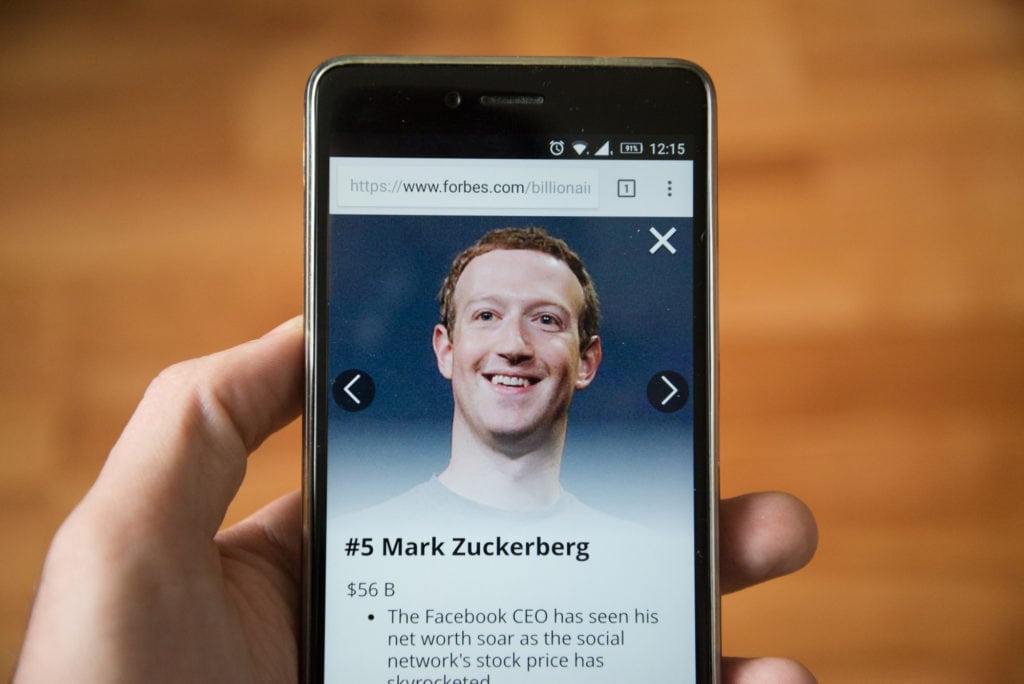
How Can I Be Creative and Successful?
As an entrepreneur, you know how to listen to people and develop innovative solutions to their problems. But even the best, most innovative products won't sell themselves. You also must know how to engage your creative side.
"But, I'm not creative at all!"
Tons of entrepreneurs mistakenly believe they're not creative. Yes, mistakenly. How can you not be creative? After all, you somehow came up with a top-notch product. Even if your brain operates on a more analytical scale most days, there is still a lot of creative juice flowing through it.
There's also a misnomer that creatives aren't successful. Too many people envision that starving artist who can't get their ideas off the ground. But, here's another thing to ponder: the most inventive, imaginative people are also the most fruitful.
Creativity breeds success. Here are a few entrepreneurs to help fuel your own fire:
- Walt Disney combined imagination and engineering to form the "Happiest Place on Earth."
- Steve Jobs used visionary thinking to design the unimaginable.
- Jeff Bezos transformed a modest online bookstore into the world's largest online marketplace.
- Mark Zuckerberg reshaped social media as we all know it.
What do these successful individuals all have in common (besides multi-billion dollar empires)? They all merged creativity with hard work, financial savviness, and a clear understanding of how to serve their target audience.
The Take-Away
2020 has changed digital consumption for the masses. GroupM estimates the global advertising market to be worth $628 billion, and digital ads will account for 52% of the tally this year. Even as the United States enters a recession, creative advertising campaigns may be what keeps the smallest brands afloat.
To put the seriousness of the current climate into perspective, in an article entitled, "How e-commerce brands can optimize advertising in a recession," ClickZ states:
“The massive change to consumer behavior is likely to weed out 10-20% of digitally-native vertical brands.”
With business stability on the line, marketers must identify proactive steps to ensure economic stability in the long-term. One of the first steps they can take is to adapt their digital marketing strategy.
What does this mean for your e-commerce business? Now is the time to rethink online advertising. Growing your audience and building awareness through ad creative may be the sole reason your brand survives the turbulent, unpredictable 2020 storm.
Got an established e-comm business you want to scale to seven or eight-figures? You should check out The One Percent, a give-first community where entrepreneurs gather to do this thing together.
Or maybe you’re just getting started? Then, THIS is for you! We’ve put some of our very best training together in this free quick-start video series. Check it out and take your first steps toward financial freedom.


